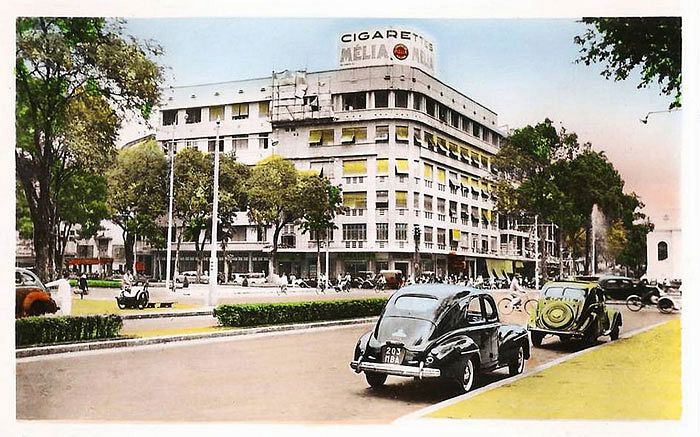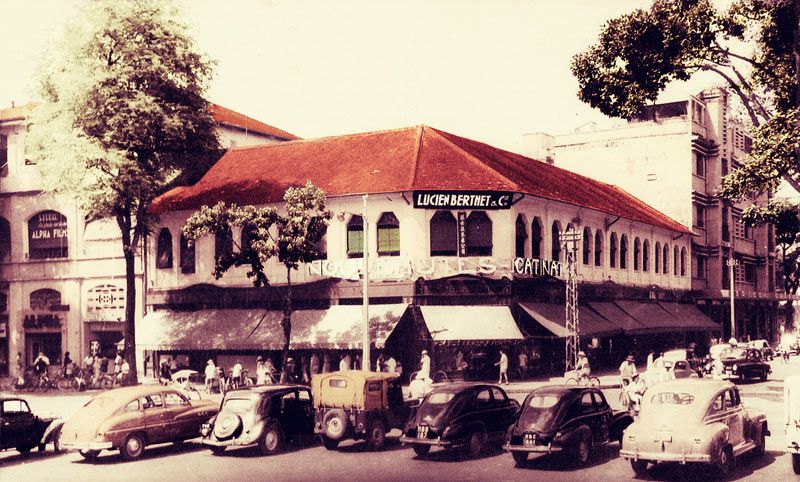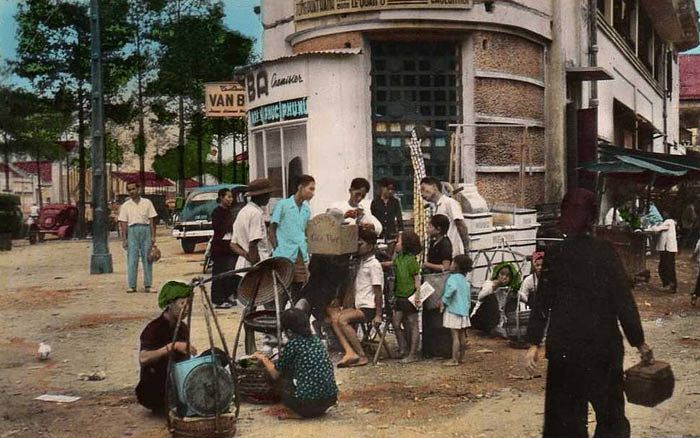Hue was neither the first nor only Vietnamese city to house a citadel. Built in the late 18th century, a few years before its counterpart in Hue, the citadel in Saigon proved to be the key to Vietnamese hegemony over all of Vietnam and the establishment of the Nguyen Dynasty.
Following their 1471 conquest of Champa, the Vietnamese started their southward expansion known as the nam tien. Internal conflict caused the Nguyen lords of central Vietnam split from the Trinh who ruled the north. In their spread to the south, the Nguyen lords began to exercise control over the Mekong Delta and Gia Dinh (Saigon’s pre-colonial name) which had, up to that point, been ruled by the Khmer.
In 1771, the Tay Son rebellion began and by 1777, the remaining Nguyen lords were deposed and killed. The eldest remaining Nguyen, Nguyen Phuc Anh, fled to Ha Tien where he met the French priest, Pigneau de Behaine, who would prove to be the key to Anh’s eventual rise to power.
The next decade saw Saigon change hands multiple times as neither the Tay Son nor Nguyen Anh were able to consolidate their power.
Phuc Anh’s fortunes changed in 1788 when the Tay Son, seeking to unite all of Vietnam under their rule, moved north to subdue the Trinh lords. Seeing an opportunity, Nguyen Anh raised an army and recaptured Saigon on September 7th, 1788. With the help of his French patrons, he was able not only to hold Saigon but exercise control over much of the south.
Under the guidance of priest Pigneau de Behaine, the French both trained Nguyen Anh’s troops and assisted in building fortifications. One of Nguyen’s first requests was that the French design and oversee the construction of a European-style citadel. Designed by Theodore Lebrun and de Puymanel, the citadel was completed in 1790 with funding coming from taxation of local mandarins and labor from over 30,000 workers who were worked to the bone and eventually revolted.
In the Ðại Nam nhất thống chí, the official records of the Nguyen Dynasty, the citadel was said to have been in the octagonal shape of the lotus and ornamented in a Chinese style. European accounts, such as those from Louis Marlleret, dispute the octagonal shape, “it is impossible to see any octagonal design in this.” George Finlayson, a British naturalist and surgeon and member of a trade delegation from the British East India Company that traveled to Saigon in the 1820s, described the fortress as being "of square form, and each side is about half a mile in extent".
British trade envoy, John Crawford, describes the citadel as a not quite up to European standards:
“The original plan appears to have been European, but left incomplete. It has a regular glacis, an esplanade, a dry ditch of considerable breadth, and regular ramparts and bastion...The interior is neatly laid out and clean, and presents an appearance of European order and arrangement."
With a 6m wall, gates reinforced with steel and bordered on three sides by water, the citadel enjoyed a relatively strong defensive position.
Following his ascension to Emperor, Anh Nguyen established the new capital in Hue and the palace housed within the citadel’s walls was used by the governor of the southern region.
The citadel also housed a cemetery, soldier’s quarters, and 250 brass cannons. The citadel gave Anh Nguyen a psychological advantage over his rivals and the Tay Son never attempted to re-capture the city. It also allowed him to consolidate power and pursue agricultural growth and agrarian reforms. By 1800, Saigon was able to support 30,000 troops and a navy of more than 1,200 ships.
With his southern affairs in order, Nguyen An moved north to conquer all of Vietnam. By 1803, he had accomplished his mission and became Emperor.
Within 50 years, the citadel would be burned to the ground and Anh Nguyen would be dead. We’ll see how this happened in Saigon's citadel - part 2.














